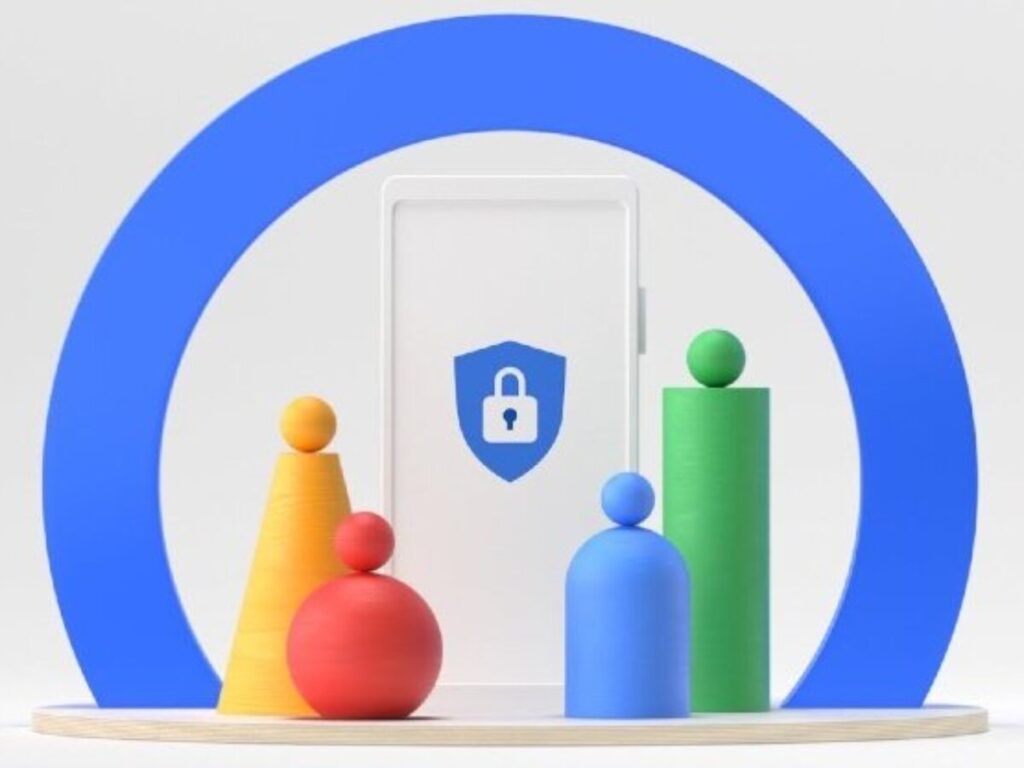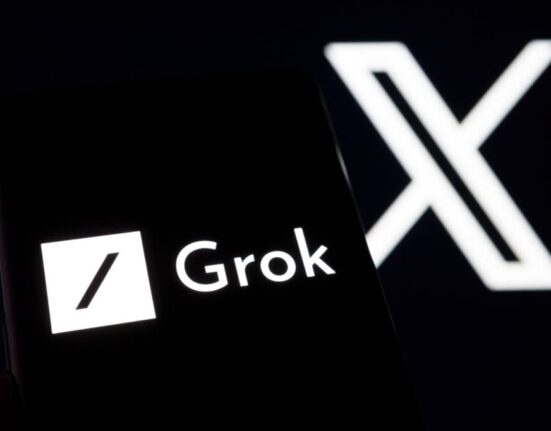Google is preparing to launch its own item-finding network called Find My Device.
Similar to Apple‘s (NASDAQ: AAPL) Find My network, this system will allow Android users to locate lost smartphones, trackers, headphones, and other compatible accessories, even if they are offline, according to 9to5Google report on April 4.
This launch comes with good news for iPhone users as well. Leaked information suggests iOS 17.5 will allow iPhones to detect trackers from other manufacturers, not just Apple’s AirTags.
This means users will be alerted if an unknown tracker is found in their nearness, along with instructions on how to disable it.
Table of Contents
Key features and launch details of Google’s Find My Device network
The Find My Device network boasts some key features. It can locate devices even when they’re offline. Also, it extends beyond smartphones, working with Fast Pair accessories like headphones and Bluetooth trackers.
Reports suggest a launch between Sunday, April 7th, and, more likely, Monday, April 8th.
In the meantime, Google has been emailing select users, highlighting the benefits and offering an early opt-out option.
It’s important to note that opting out seems tied to the user account, affecting all your Android devices, and joining the network appears automatic by default.

Here’s a breakdown of the key features and launch details of Google’s Find My Device network:
Features:
- Locating Android devices: Find My Device helps you locate lost or misplaced Android phones and tablets. You can see their location on a map, ring them remotely, or even erase them if needed.
- Offline and low-battery tracking (Pixel 8 only): A unique feature for Pixel 8 and 8 Pro users is the ability to find the phone even if it’s powered off or has a dead battery. The phone stores encrypted beacons in its Bluetooth controller that can still be detected by other devices on the network.
- Crowdsourced network: This network leverages the power of billions of Android devices to help locate missing gadgets. When an Android device with Find My Device enabled is nearby, it can anonymously and securely detect the location of other devices in the network.
- Beyond phones and tablets: The network will soon support locating other accessories like earbuds, headphones, and even trackable tags. You can also share the location of these accessories with friends and family.
- Privacy by design: Google emphasizes security and privacy. Location data is encrypted, and a unique feature is “aggregated device location reporting,” which helps prevent anyone from tracking a device back to a specific location.
Launch Details:
- Initial launch: The Find My Device network first launched in the US and Canada with a promise of global rollout soon. There’s no official confirmation yet on the exact dates for other regions.
- Compatible devices: The network works with most modern Android phones and tablets. You can check your device’s settings to see if it’s compatible and opt-in to the network.
- Future potential: Google is looking to expand the network to include more accessory types and functionalities like “Find Nearby” to help locate nearby devices on your account.
Here are some additional points to consider:
- While the Pixel 8 offers the offline tracking feature, other phone models might see similar features implemented in the future, depending on hardware capabilities.
- It’s important to note that for the network to function effectively, more users need to opt-in and participate.
Collaboration to prevent misuse
Security concerns caused a delay in the launch of Google’s Find My Device network.
Reports of Apple AirTags being misused for stalking prompted Google and Apple to collaborate on industry-wide standards. Their focus: ensuring user safety through protocols similar to AirTag’s anti-stalking alerts.
This collaboration extends beyond the Find My Device launch. Apple’s upcoming iOS 17.5 update will include features to detect third-party trackers, notifying iPhone users of their presence.

Here’s how this collaboration tackles potential misuse:
- Industry Standard for Unwanted Tracking Detection: This is a major initiative. Google and Apple are working together to create a standard that allows devices (both Android and iOS) to identify and alert users about unknown tracking devices.Imagine you’re carrying an AirTag (Apple’s tracker) you don’t recognize. With this standard in place, your Android phone could detect it and notify you of a potential unwanted tracking situation. (https://www.apple.com/newsroom/2023/05/apple-google-partner-on-an-industry-specification-to-address-unwanted-tracking/)
- Transparency is Key: Part of the industry standard involves clear user information. When a device detects an unknown tracker, the alert should explain the potential risk and provide steps to disable it. This empowers users to take control of their privacy.
- Focus on User Control: The Find My Device network is opt-in, meaning you choose to participate. Users should always have the ability to disable location sharing, manage authorized devices, and opt-out of the network entirely.
This collaboration is a positive step towards a future where location tracking technology is used responsibly and users are protected from misuse. However, it’s still evolving:
- Implementation Timeline: The collaboration is relatively new, and specific features might take time to be implemented by device manufacturers (both Android and iOS).
- Staying Informed: As a user, it’s important to keep yourself updated on how these features develop and understand how to use the privacy settings offered by your devices and the Find My Device network.
Advancing user safety
The launch of Google’s Find My Device network alongside Apple’s iOS update with improved tracker detection signifies a collaborative effort to enhance user safety and anti-stalking measures.
This cross-platform functionality, with features like offline location tracking and third-party tracker detection, promises a more secure future for personal belongings and user privacy.
However, it is sensible to acknowledge the privacy considerations associated with such comprehensive location-tracking functionalities.
As Google’s proactive user communication suggests, transparency and user control will be paramount in ensuring the success of this initiative.

Focus on App Behavior: Android 15 introduces enhancements to the Play Integrity API. This API helps app developers identify potentially risky behavior by other apps on the device. For instance, it can detect if another app is trying to overlay your screen, capture sensitive information, or control your device in a suspicious way.
Guarded Gates for Sensitive Actions: With Android 15, apps can now verify if Google Play Protect is active and if the device is free of malware before performing actions that involve sensitive data like financial transactions.
User Approval for Sideloaded Apps: Previously, sideloaded apps (downloaded outside the Play Store) could gain permissions by default. Now, Android 15 prompts users for approval before granting permissions to sideloaded apps. This provides more control and reduces the risk of malicious apps sneaking into your system.
Advanced Threat Detection: Google Play Protect is taking things a step further with live threat detection. This feature uses on-device AI to analyze an app’s behavior in real-time. If suspicious activity related to permissions or interactions with other apps is detected, Google Play Protect can take action, including warnings or disabling the app.
Disclaimer ||
The Information provided on this website article does not constitute investment advice ,financial advice,trading advice,or any other sort of advice and you should not treat any of the website’s content as such.
Always do your own research! DYOR NFA
Coin Data Cap does not recommend that any cryptocurrency should be bought, sold or held by you, Do Conduct your own due diligence and consult your financial adviser before making any investment decisions!





Leave feedback about this